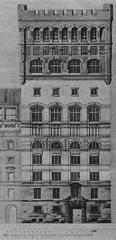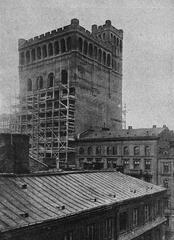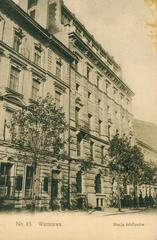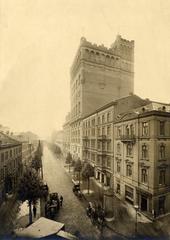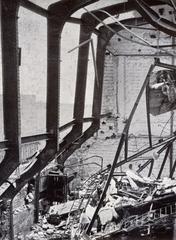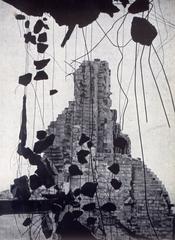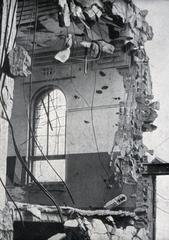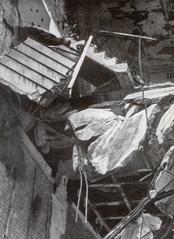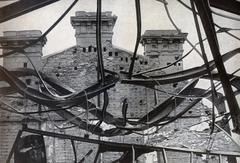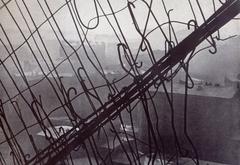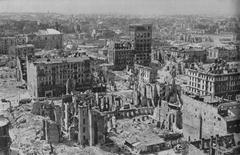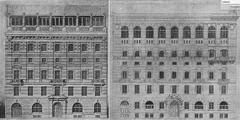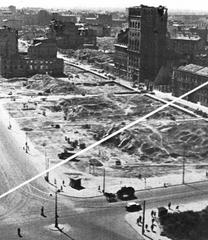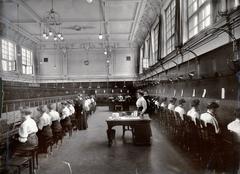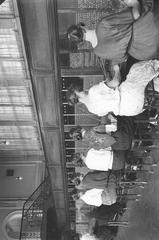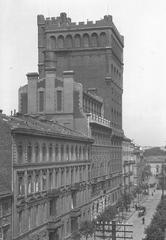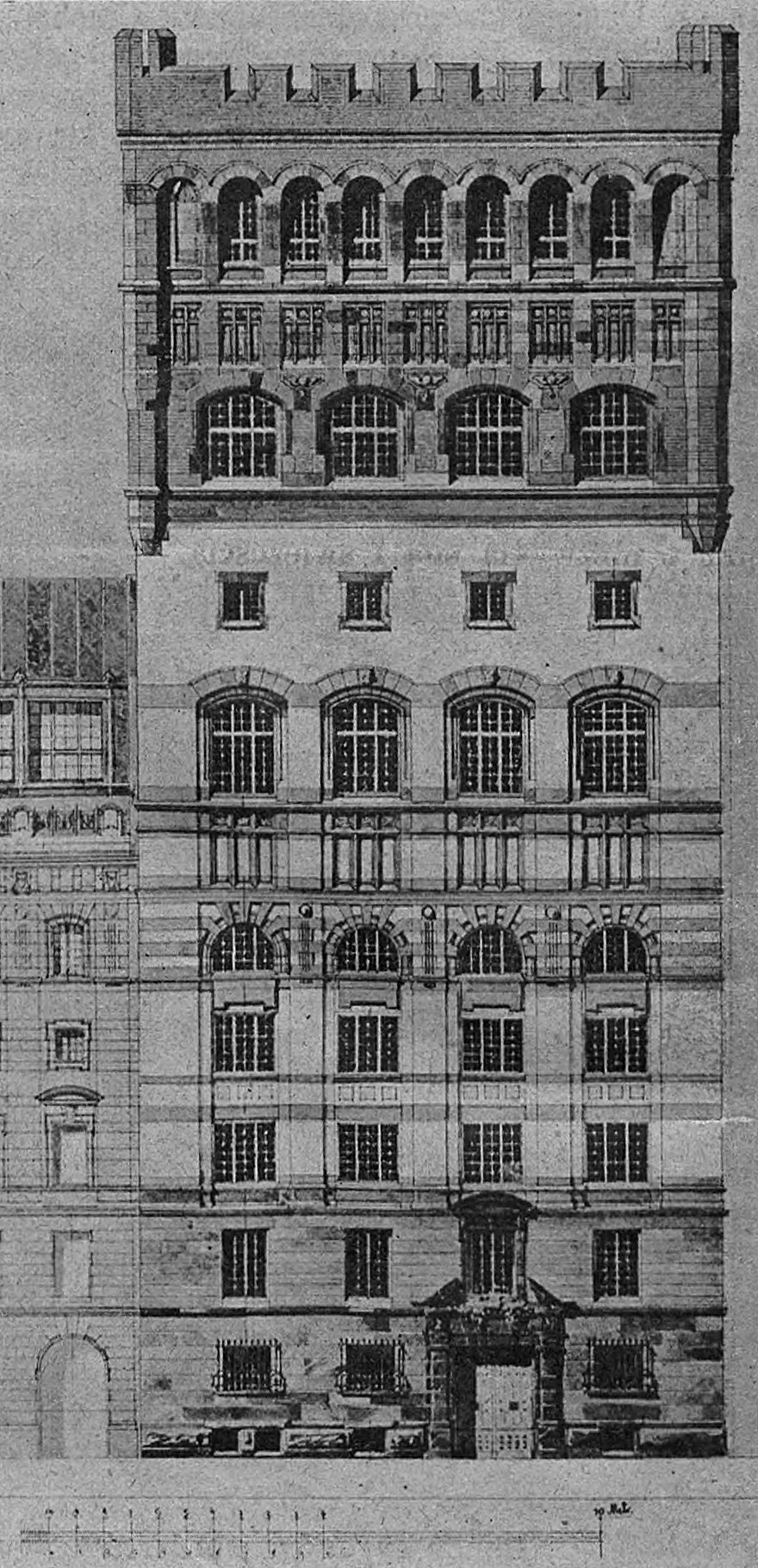
Visiting Past Warsaw, Poland: Comprehensive Guide to Historical Sites, Visiting Hours, and Tickets
Date: 15/06/2025
Introduction: The Historical and Cultural Significance of Warsaw
Warsaw, the vibrant capital of Poland, is a city where centuries of history and modern innovation meet. From its origins as a medieval settlement on the Vistula River to its status as the royal capital and, later, a resilient metropolis reborn from the ashes of World War II, Warsaw’s story is one of endurance, artistic achievement, and national pride (poland.travel; StayPoland). Its architectural tapestry—spanning Gothic, Renaissance, Baroque, and Neoclassical influences—is showcased in landmarks like the Royal Castle and Wilanów Palace, while its rebuilt Old Town stands as a UNESCO World Heritage marvel. Museums, monuments, and green spaces such as Łazienki Park celebrate both Poland’s illustrious past and its dynamic present (explorewarsaw.com; thecrazytourist.com).
This guide provides detailed information on Warsaw’s major historical sites, practical visitor tips, and essential travel advice—ensuring you can fully experience the city’s heritage, whether you’re delving into royal history, exploring wartime resilience, or simply enjoying the city’s vibrant culture.
Table of Contents
- Introduction
- Medieval Origins and Early Development
- The Rise of Warsaw as a Royal Capital
- Architectural and Cultural Flourishing
- Warsaw in the Age of Partitions and Uprisings
- Destruction and Reconstruction: World War II
- Postwar Reconstruction and UNESCO Recognition
- The Old Town: Heart of Historical Warsaw
- Key Historical Landmarks and Visitor Information
- Visiting the PAST Building: History & Visitor Tips
- Practical Travel Tips for Visitors
- Modern Warsaw: A Living Historical City
- Frequently Asked Questions (FAQ)
- Plan Your Visit and Stay Connected
Medieval Origins and Early Development
Warsaw’s roots trace back to the early Middle Ages, with archaeological evidence of settlement as early as the 9th and 10th centuries. Its location on the Vistula River quickly established it as a key trading post. By the 14th century, Warsaw had gained municipal rights, and sturdy brick houses and defensive walls signaled its growing prosperity and need for protection (poland.travel).
The Rise of Warsaw as a Royal Capital
In the early 17th century, King Zygmunt III Waza relocated the Polish capital from Kraków to Warsaw, citing its central location within the Polish-Lithuanian Commonwealth. This led to a surge of urban development—expanding the Royal Castle and connecting the Old and New Towns—establishing Warsaw as a cosmopolitan seat of royal and political power (explorewarsaw.com).
Architectural and Cultural Flourishing
The 17th and 18th centuries saw Warsaw emerge as a cultural and intellectual hub, reflected in its diverse architectural styles and vibrant marketplaces. Notable landmarks such as the Royal Castle and Wilanów Palace, dubbed the “Polish Versailles,” epitomize the city’s artistic ambitions and royal splendor.
Warsaw in the Age of Partitions and Uprisings
With the partitions of Poland in the late 18th and 19th centuries, Warsaw became a symbol of resistance under foreign rule. The city witnessed major uprisings, including the November and January Uprisings, which, despite being suppressed, cemented Warsaw’s role as a beacon of Polish identity.
Destruction and Reconstruction: World War II
World War II brought near-total devastation to Warsaw. After Nazi occupation, the city’s Jewish Ghetto became the focal point of the 1943 Ghetto Uprising, and the 1944 Warsaw Uprising remains a defining moment of courage. By the end of the war, approximately 85% of the historic center was destroyed (poland.travel; Poland at War Tours).
Postwar Reconstruction and UNESCO Recognition
In a feat of national determination, Warsaw’s Old Town and prominent landmarks were meticulously reconstructed using historical documentation and photographs. This work was so successful that in 1980, the Historic Centre of Warsaw was named a UNESCO World Heritage Site (poland.travel).
The Old Town: Heart of Historical Warsaw
Warsaw’s Old Town (Stare Miasto) is a vibrant district characterized by cobbled streets, colorful facades, and significant sites like St. John’s Archcathedral. The Royal Castle, restored to its prewar glory, houses exceptional art collections and decorative interiors (poland.travel).
Key Historical Landmarks and Visitor Information
The Royal Castle
- Hours: 10:00 AM – 6:00 PM, closed Mondays
- Tickets: Standard 30 PLN; reduced from 20 PLN; family and group discounts available (Royal Castle Official Website)
- Accessibility: Wheelchair access with assistance
- Highlights: Royal Apartments, Canaletto Room, Great Assembly Hall, temporary exhibitions
Wilanów Palace
- Hours: 9:00 AM – 6:00 PM
- Tickets: Adult 40 PLN, discounts for families and groups (Wilanów Palace info)
- Accessibility: Partial wheelchair access
- Highlights: Baroque interiors, royal gardens, art collections
Łazienki Park and Palace on the Water
- Park: Open daily; Palace: 10:00 AM – 4:00 PM
- Tickets: Palace 25 PLN; park entry is free (Łazienki Park info)
- Accessibility: Park fully accessible, palace limited
- Highlights: Scenic gardens, Chopin monument, open-air events
Warsaw Uprising Museum
- Hours: 10:00 AM – 6:00 PM
- Tickets: Adult 25 PLN; discounts available (Warsaw Uprising Museum)
- Accessibility: Fully accessible
- Highlights: Interactive exhibits, immersive wartime displays
Visiting the PAST Building: History & Visitor Tips
Historical Significance
The PAST (Polska Akcyjna Spółka Telefoniczna) building at Zielna 39 is a pioneering early 20th-century skyscraper and a symbol of Warsaw’s resilience. Completed in 1908, it was the tallest building in the Russian Empire and became a key battleground during the 1944 Warsaw Uprising. Today, it stands as a testament to the city’s architectural innovation and wartime courage (e-a-a.com; Wikipedia: PAST (Poland)).
Visitor Information
- Visiting Hours: No regular public hours; exterior can be viewed anytime. Interior access is limited to special events or guided tours.
- Tickets: Not required for exterior; special event tours may require advance booking.
- Tours: Offered on select occasions, such as the Warsaw Uprising anniversary. For up-to-date options, consult local historical societies or tourist centers.
- Accessibility: Main entrance accessible; upper floors may have limited access due to historical constraints.
- Location: Zielna 39, near central metro and transport links.
Practical Tips
- Visit during commemorative events for possible interior access.
- The façade, with visible wartime scars, is a notable photography subject.
- The building is centrally located near major attractions like the Old Town and Palace of Culture and Science.
Practical Travel Tips for Visitors
- Purchase tickets online for major attractions to avoid queues.
- Check official websites for the latest opening hours and special events.
- Accessibility: Most sites cater to visitors with disabilities; contact ahead for specific needs.
- Public Transport: Warsaw’s metro, tram, and bus networks are efficient and affordable.
- Seasonal Tips: Late spring and early autumn offer the best weather and fewer crowds.
Modern Warsaw: A Living Historical City
Today’s Warsaw is a thriving European capital. Its reconstructed Old Town sits alongside a modern skyline, while green spaces, museums, and a lively arts scene create a unique blend of old and new (poland.travel; Explore Warsaw). The city’s resilience and growth are reflected in its robust economy and cosmopolitan character.
Frequently Asked Questions (FAQ)
Q: Are there combined tickets for multiple sites?
A: Yes, many attractions offer combo tickets or city passes.
Q: When is the best time to visit Warsaw?
A: Late spring to early autumn is ideal for pleasant weather and outdoor events.
Q: Are guided tours available?
A: Yes, at most major sites, in English and other languages.
Q: Is Warsaw safe for tourists?
A: Warsaw is considered safe; standard travel precautions apply.
Q: Are most sites accessible for wheelchair users?
A: Major landmarks provide accessibility, but always check ahead for specific details.
Plan Your Visit and Stay Connected
Enhance your Warsaw experience by downloading the Audiala mobile app for audio guides, real-time updates, and curated itineraries. Follow official channels and our social media for the latest travel news, event announcements, and exclusive offers.
Summary and Call to Action
Warsaw offers travelers an inspiring blend of history, culture, and vibrant modern life. From the painstakingly reconstructed Old Town to architectural landmarks like the Royal Castle, Wilanów Palace, and the historic PAST building, the city embodies resilience and renewal. With accessible visitor facilities, engaging tours, and a dynamic urban atmosphere, Warsaw is a destination that honors its past while looking to the future. Begin your journey today and immerse yourself in the stories, sights, and spirit of Poland’s capital (poland.travel; explorewarsaw.com; Poland at War Tours; thecrazytourist.com).
References
- Historic Centre of Warsaw – Poland Travel
- A Complete Guide to Warsaw’s Historical Landmarks – Explore Warsaw
- Warsaw the Heart of Poland and Its Historical Significance – StayPoland
- Historical Sites in Warsaw – Poland at War Tours
- 10 Best Architectural Buildings in Warszawa, Poland – E-A-A
- 25 Best Things to Do in Warsaw, Poland – The Crazy Tourist
